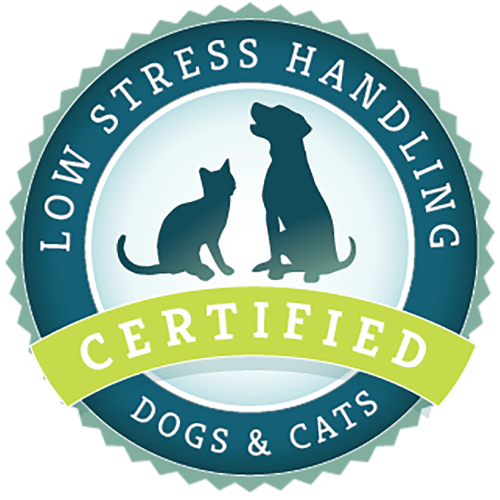What article are you looking for?
Category: Shelter Worker
My Puppy Won’t Walk on Leash! 3 Ways to Train Your Puppy to Love Her Leash
My general rule of thumb is that we should use methods that focus on rewarding the correct behavior, starting with steps the dog can easily perform and quickly moving on to steps that are closer and closer to our goal behavior.
Six Strategies for Increasing Animal Adoptions at Shelters
During busy seasons some shelters are filled beyond capacity and the best way to remedy this is to get pets adopted out quickly. Besides ensuring that pets are healthy and the environment low stress so that the animals will be comfortable and engaged, what else can shelters do to get these pets adopted out quickly? The following are six marketing tips for increasing adoption rates. Tip 1: Consider having fewer animals up for adoption. It turns out that having the maximum number of pets up for adoption is not always the best strategy. Just as too many choices at a
5 Tips for Handling Dogs and Cats in a Caring Manner
These are simple common sense tips that should guide interactions with patients on a daily basis. By keeping them in mind, pet care professionals can not only improve the experience for the patient and client, they can also improve their own satisfaction with their job.
New DVD: Learn the Skills to Handle Your Reactive or Hyperactive Dog
“A month ago we couldn’t even take Boo, our Lhasa Apso mix, out on walks because he would bark and lunge at other dogs no matter how far away they were. It was embarrassing and even dangerous,” says Theresa Montemayor. That changed in October, after Theresa and her husband David attended Dr. Yin’s Reactive Dogs Workshop in Davis, California. After just a couple of weeks, Boo was good enough so that he could participate in a class full of dogs. “Now, with a gentle leader head collar, he can go on walks with no problem—even when he has to pass a lot
A Scientific Approach Can Help You Solve Many Types of Possession Aggression, Part 2: Other Dogs
Last time we looked at how to use a science-based approach (use of counterconditioning) to dealing with dogs with food bowl aggression and saw that by approaching the problems systematically the solution was pretty straightforward. So how do we tweak that approach to the case where the dog is food aggressive only towards other dogs?
Use Science to Take Your Training to a New Level No Matter What Species You Have, With this DVD
If you peruse the internet for animal training advice, you’ll see a lot of information that seems to make sense, but if you know the science behind how animals learn you know that these statements are misinformed. For instance: A zoo trainer might claim, “It’s difficult to train our lions because they are overly motivated for food. They get so excited that they can’t focus on what we want them to do.” A dog owner might state, “I ignore my dog when he jumps and reward him when he sits, just like that book I read says, but he still jumps to

Low Stress Handling® Silver-Level Certification
Individual Certification at this level demonstrates to clients and employers the individual’s dedicated interest in Low Stress Handling®. Hospital Certification at this level demonstrates to clients and staff the hospital’s commitment to appropriately training staff in Low Stress Handling® methods.
Learn More
